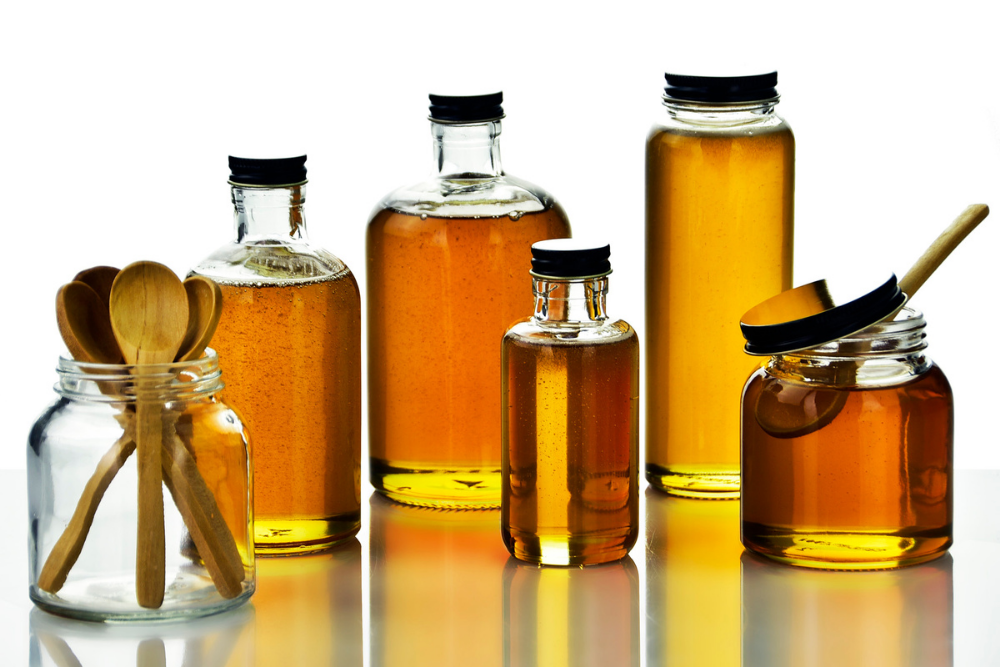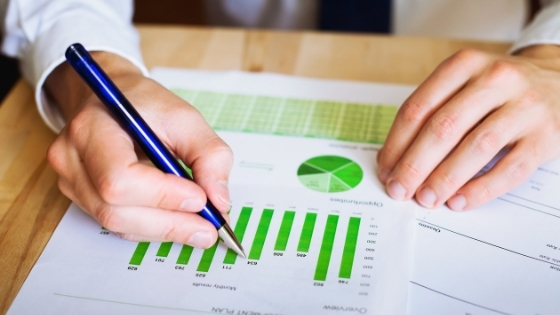What Is Sustainable Packaging?
Sustainable packaging is usually defined by variables such as cost, performance, sustainability, and sortability. As businesses are improving and adapting how they design and produce their products, they are looking to reduce their carbon footprint while saving on costs. This can be a fine line to balance for any business, as an industry’s packaging materials and accessories impact the final product. If you’re looking to move towards more sustainable packaging, we’re going to break down all the details to help motivate and incentivize you to consider a more environmentally friendly alternative.
Sustainable Shipping Packaging
Shipping is a crucial component of running a business. Protecting your product in transit & minimizing shipping weight are the top things to consider. Regardless of the industry, shipping a product can be expensive because shipping significant quantities requires expensive packaging materials. For example, glass packaging is very protective for your products but can weigh a lot, taking up much of your shipping budget and leaving little to protect the packaging itself.
Consider lightweight packaging materials like biodegradable peanuts or “air pillows” for added protection. Using biodegradable starch packing peanuts is one of the popular options as opposed to polystyrene peanuts because they decrease pollution and are less expensive.
These “green shipping” solutions have become increasingly important because they can save money, boost brand visibility, and have a positive brand sentiment with customers. There are hundreds of businesses that offer several green solutions you can consider for your shipping options so you can start saving money and helping the environment, it’s a win-win for everyone.
Recyclable Sustainable Packaging
Eco-friendly packaging is usually made out of recycled or biodegradable materials and is considered safe for individuals and the environment. Often packaging that can gain a second life by recycling is the most sustainable and can have a minimal impact on energy consumption and natural resources. If you’re still a fan of using traditional packaging materials but want to be eco-friendly, glass is the only material that is endlessly recyclable without loss in quality or purity. Because glass is made from domestic properties like sand, ash, and limestone it can save on natural resources.
A few benefits of using eco-friendly packaging can include cutting back on package-related expenses, decreasing the amount of product packaging, and eliminating the use of toxic materials that exist in traditional product packaging. Having this option also conveys to customers that your brand cares for the environment.
People care about the environment and embracing eco-friendly packaging can not only impact the environment but can help increase overall sales. With current consumers like millennials, who are very critical about what a brand stands for and what they support, adopting sustainable packaging solutions can help change how consumers view your brand.
Do you want to be a business that supports the environment? Is that a marketing move that will benefit your products? The short answer is yes. We’ve already seen global businesses like Amazon, ASOS, and Calvin Klein adopt sustainable packaging which they have used to educate and inspire customers to do the same.
Create A Sustainability Plan
Now that we’ve covered the finer points of sustainable packaging it’s time to start strategically planning to get your business on board. Sustainability starts with your value in being eco-friendly, so setting realistic goals should be important to your company on all levels. These goals can also be ones that your customers sympathize with so advertising them and showing where their money is going is important.
The first step to creating a sustainable plan is deciding what environmental concerns you are passionate about. There are tons of great causes that need support so if you’re having trouble determining which route to go, sit down with your team and discuss a few of the issues listed below:
- Ocean pollution
- Animal habitat destruction
- Climate change
- Global deforestation
- Minimizing waste
- Improving soils and preserving lands
- Organic and sustainable agriculture
Next, it’s time to examine your customer base and figure out what they care about. Perhaps you’re an organic grocery store chain looking to source business with sustainable product packaging or eco-friendly food packaging, is this a decision that will positively impact your customers? When it comes to sustainable packaging solutions, all the details matter. If you are unclear or unsure about what is important to your customers, try sending out a survey or creating a poll and then assessing their responses.
One of the last steps is to always do your research. If the cause you are supporting isn’t inherent to your brand or business, you need to read, research, and survey your customer base before investing in any new sustainable packaging options that could be detrimental to your business. If the cause doesn’t align with who your business is fundamentally, then the decision will have a minimal impact on you financially. Any choice to adopt recycled packaging will be beneficial to the environment, but you want it to correlate with your business as well.
When you invest or adopt a practice your business actually cares about, it will shine in your marketing and products.



